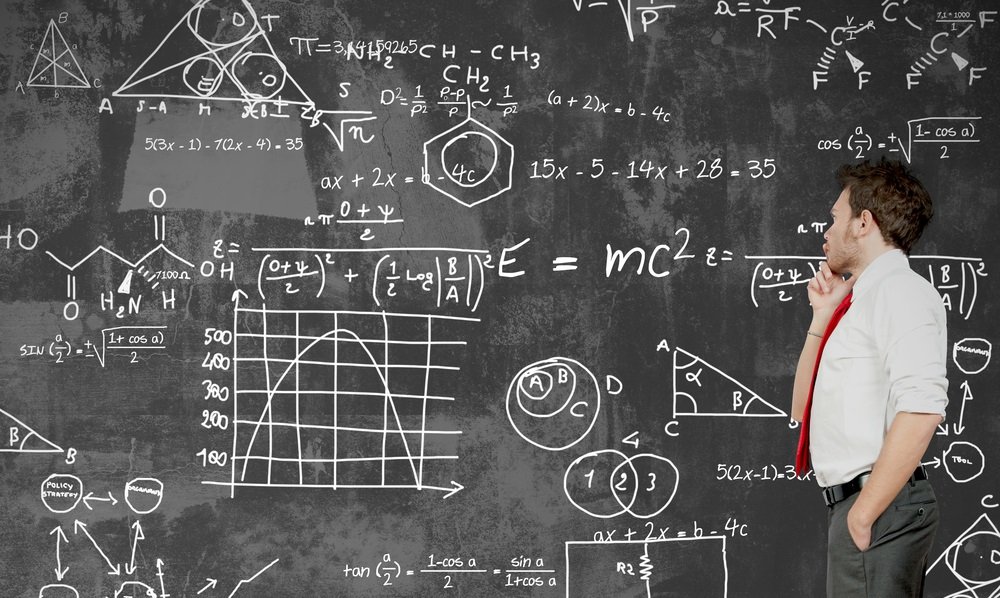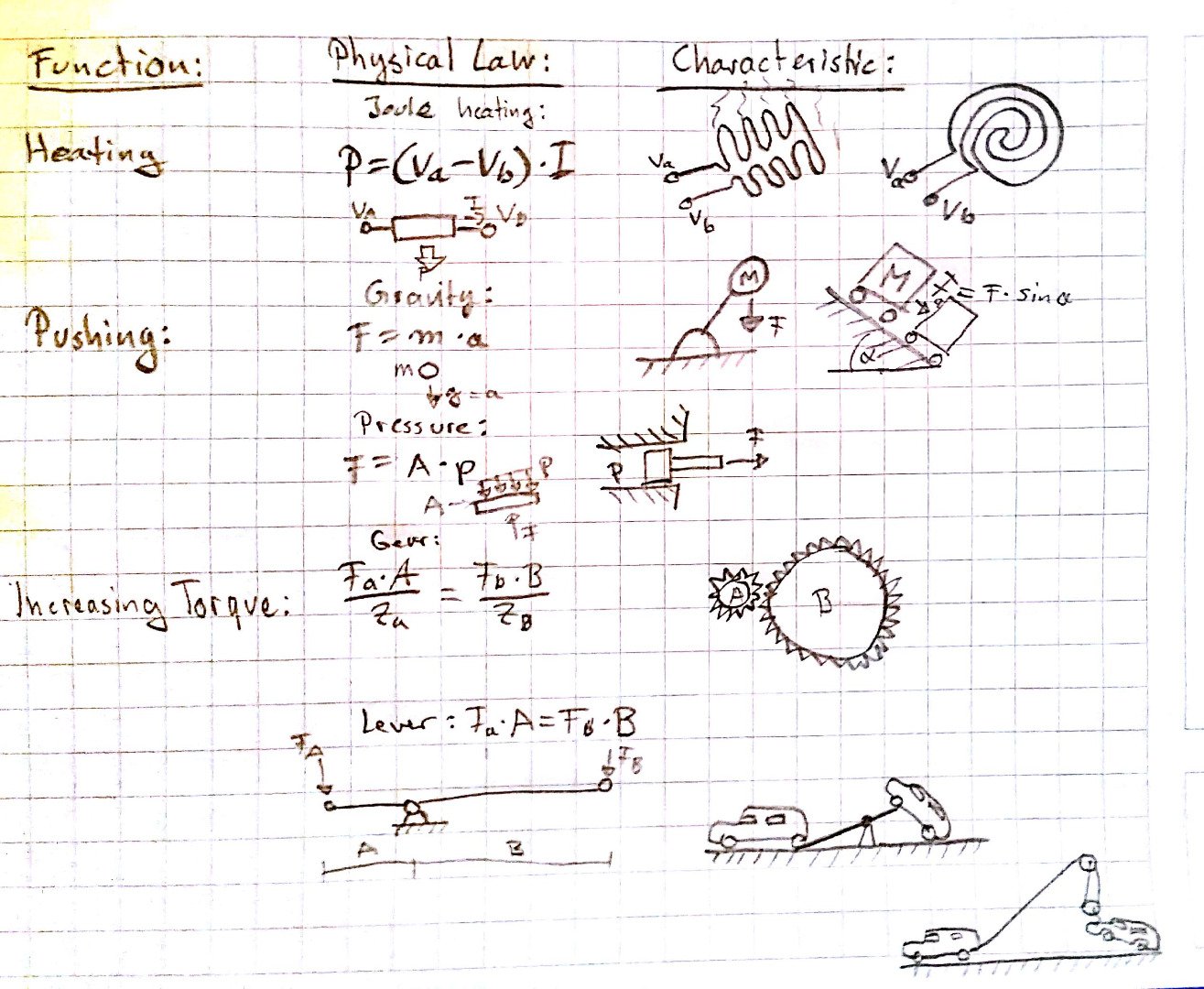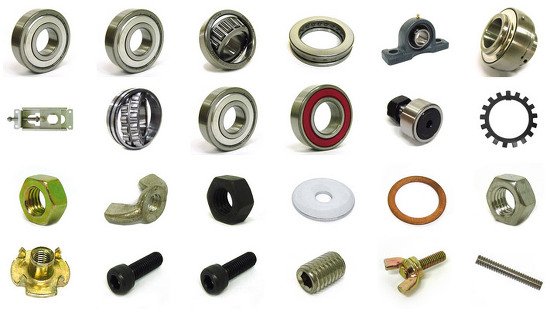After inventing, research and defining the engineering starts.

To the begin of this chapter, a recapitulation should help to remember the previous insights:
- Inventing: Finding out what the idea is exactly about. Imagining what the device is doing and what it could look like. Estimating who would need it and how they would use it.
- Research: Investigating if a similar device already exists or if others are working on it. Looking at the problems they have and how they solved them. Survey the market if someone would pay for the product.
- Requirement List: Stating the main requirements for the product. Declaring how it needs to work, under which conditions, how much should it cost, how should it be manufactured and similar conditions. Collecting the requirements in the requirement list with values, sources and dates.
- Function Analysis: Stating the technical functions that have to be combined. Splitting them into easier to solve sub functions and describing their relationship to each other. Visualizing the system with a block diagram.
After having the functions declared, they can be solved separately. It is done by first finding a fitting physical effect, that fulfills the requirements, and then describing the characteristic, that is how the physical effect is used practically.
Function solving lays the foundation for the following work: combining the separate solutions to a whole preliminary design. But this will be described in the next chapter.
Physical Effects

By solving each function, different physical effects are taken into consideration: mechanical, hydraulic, pneumatic, electrical, magnetic, optical, thermal, chemical, nuclear, biological.
The physical effect can be described with a physical law, which makes it possible to quantify the principle and thus compare numbers. A sub function can be described using multiple part functions, by combining the physical laws of these functions.
The physical effect is then further described via the geometric or materialistic Characteristics. It is basically showing how the physical law can be applied to solve a function:

It could look like this: Function, physical Law and Characteristic. No reason not to be a little artistic.
Doing this allows to get a clear estimate on the later device and what it will look like. During all the problem solving, the solutions still have to conform to the boundaries of the requirement list. So even if a gas engine is a cheap and efficient solution for the problem, the fact that the requirement list says that the product has to be silent and comply with hospital standards make this solution void.
Creative Approach

The approach of solving the separate functions on their own is not only helping to make it easier to solve the overall problem, but also to distance from preconceived solutions.
If your only tool is a hammer, every problem will look like a nail.
If someone thinks at a car engine, he automatically thinks he has to choose between diesel or gas and how much PS and zylinders it should have. But by viewing the function neutrally, it is possible to come up with a better solution: for example an electric motor, that is more efficient and needs less maintenance.
Having each function solved by the most optimal solutions can lead to a more efficient product. In the worst case the problem will be discovered in the next steps when the functions ar combined. In that case, only a single function has to be changed.
Here it is useful to have two solutions for a function, compare them and take the more optimal one. The other solution will be held as a backup.
A good copy is better than a bad invention

During the research in the beginning of the project it should be possible to see a repetition of function solutions. Competitors can be seen to solve the same function using the same physical effect.
For example vacuum cleaners: most of them use filters, it was a possible to come up with a solution and the centrifuge system was invented. Now vacuum cleaners are copying the principle again.
While copying new inventions is quite lazy, not to think of possibly illegal, not every function has to be invented new. If the function is best solved using a common solution, it makes it easier for you to estimate its usefulness and focus on other functions that are harder to solve.
A lot of research has been done to describe the strengths of steel, efficiency of gear and maintenance intervals or bearings to better estimate those function. With this knowledge you can build your product more efficient.
To be continued
Did you already read...
the first part: What does an Engineer do?
the second part: The first STEP on the way to YOUR Product: Inventing
the third part: The Other Kind of Research: Put your IDEA into the World
the fourth part: The Requirement List: The ENGINEERS way of TAKING AIM
the fifth part: Function Analysis: No Maths but still solving Problems
